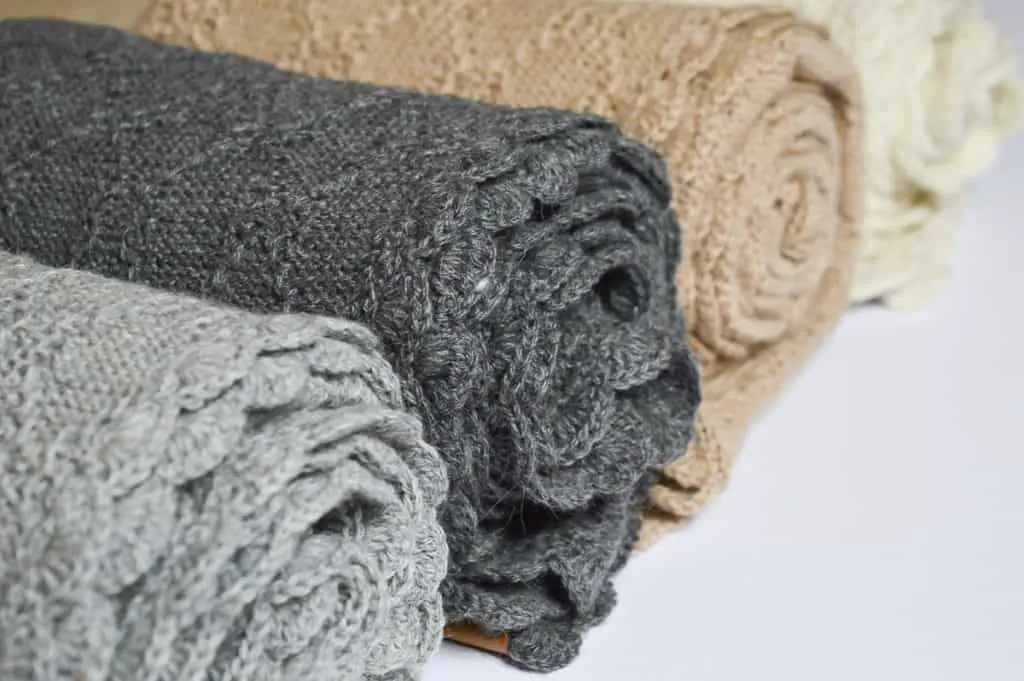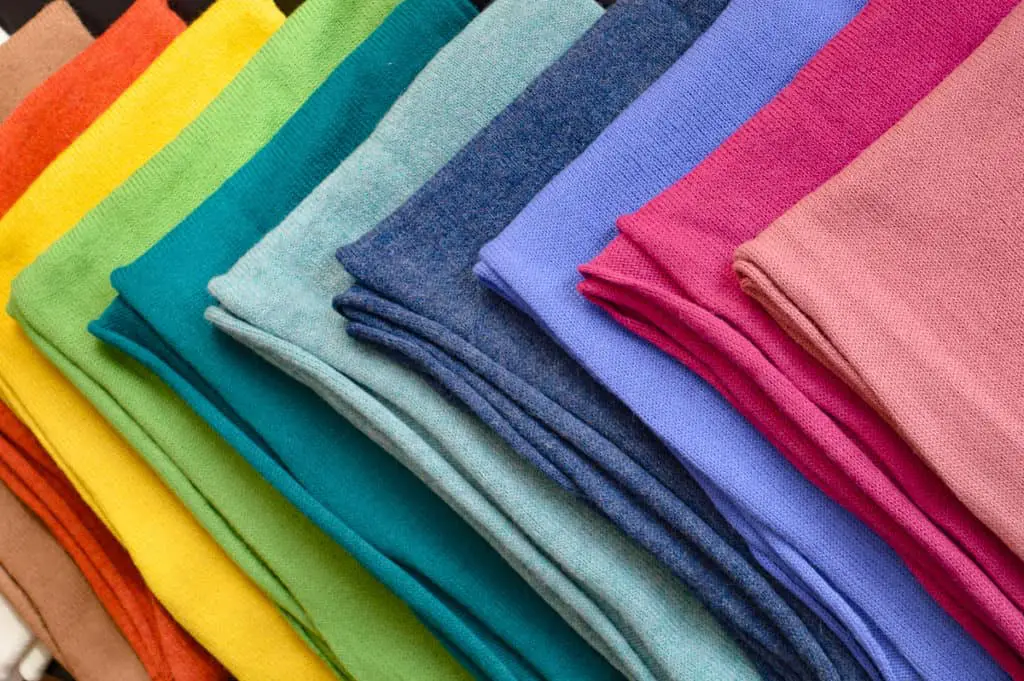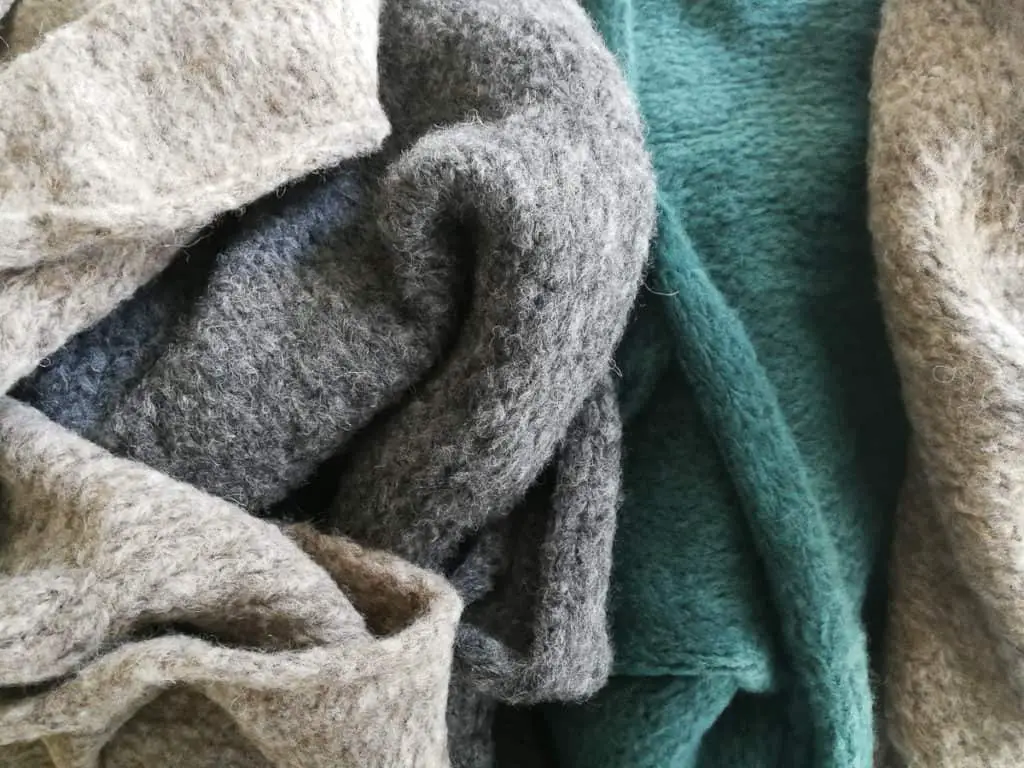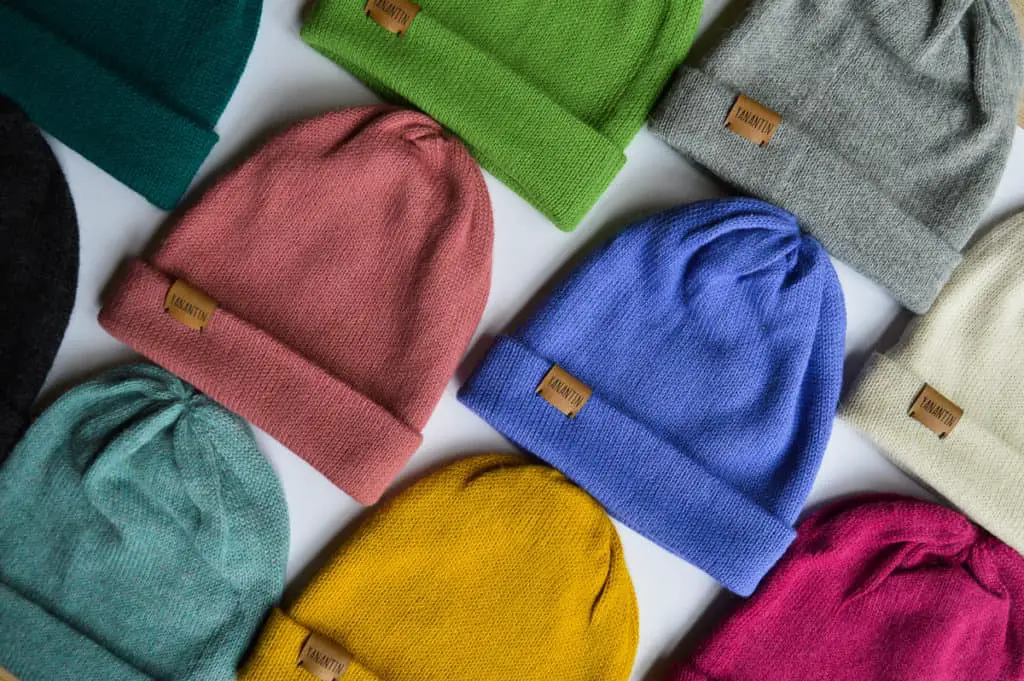Did you know that it takes 20,000 liters of water to produce a single T-shirt and a pair of jeans? Did you also know that a T-shirt gets thrown out after wearing it only 7-10 times? Understanding yourself and your wardrobe will help you get those numbers more sustainably lined up.
If you’re like me and you want to make more conscious decisions when it comes to you wardrobe, you might recognize feeling overwhelmed every time you look into the subject. Luckily, there are many things you can change to make more sustainable choices.
buy prednisone online overnight In order to make shopping more sustainable, you should:
- can i buy Pregabalin at walmart Buy less
- Invest high quality materials and production
- Avoid certain materials (like polyester)
- Invest in timeless, classic designs (not fast-fashion trends)
- Look for fair-trade production
Of course, there are many more details you can look into if you want to take this one step at a time. In fact, I’ve broken down all ideas in 26 small steps, so that making a change becomes more doable. I’ve organized all 26 points in different categories:
- #1-4: About What You Already Have
- #5-8: Before You Buy
- #9-15: When You Do Buy
- #16-20: What You Do Buy
- #21-23: What You REALLY Don’t Want to Buy
- #24-26: Acceptance is Real
Here’s how you can feel better about your shopping behavior:
About What You Already Have
You probably have enough clothes, already. Or at least all the clothes you need.
1. Apply the 80/20 Rule To Your Wardrobe
We all have our favorite pair of jeans, socks, undies and sweaters. In fact, 20% of our wardrobe is our favorite stuff. The stuff that we wear all the time. The stuff we’d put in a suitcase if we were to migrate tomorrow. The stuff that we actually need and wear. Not the other 80%.
Once you realize that most of your clothes are not worn, you will automatically stop adding to your closet. A simple rule of thumb is the 80/20 rule, also known as the pareto principle. Basically, 80% of what we own is worn 20% of the time. And therefore, 20% of what we own is worn 80% of the time!
We don’t even wear most of the clothes we own!
This is mindblowing to me. And also sounds like a fun experiment. I happen to know a guy who has been tracking his clothes usage for a year and he has once again proven that we just have way too much stuff. He is also super nerdy and has turned something very feminine into a science project. You can try it out for yourself by going his 80/20 wardrobe experiment page and track your clothes usage.
Bet it will be easy to declutter your wardrobe after that!
2. Declutter Your Wardrobe – Like A Billionaire
The first step in getting the life you want is to get rid of everything you don’t want. It’s that simple. We have only so much energy, attention and willpower to spend in a day and we don’t want to waste our energy on making difficult choices on what to wear in the morning.
In fact, Steve Jobs and Mike Zuckerburg already “discovered” that decision fatigue can be avoided by simply having a simple wardrobe in one unique style. Jobs used to wear a black turtleneck, Zuckerberg has a signature grey tee, not as a style statement, but pure practicality.
By decluttering your wardrobe you actively participate in sustainable fashion. Plus, it reduces decision stress, which might even contribute to your personal success and wealth. Double win 🙂
3. Marie Kondo Your Wardrobe
If you haven’t watched this Japanese declutter guru, you totally should, now.
The most important lesson that I learned from Marie Kondo is the “spark of joy”. According to Marie, every piece of clothing (and item in general) should give you a spark of joy, a feeling of happiness, a happy feeling.
I totally dig this.
I am totally guilty of having some items that do not spark me joy. Items that I bought in a rush, on a whim, things that were gifted, donated, fashionable at the time, things that don’t fit anymore, things I wishfully hope to fit into one day… Things that I look at and know that I won’t wear them. Ever. Again. If at all… And they actively make me feel bad!!! Just looking at them makes me feel bad.
That’s the kind of emotion that you don’t want in your wardrobe. It’s the opposite of joy. And why would you confront yourself with that right as you are ready to start the day on a happy note?
Right. Get rid of those things that don’t spark joy.
4. Recycle, Upcycle and Share
When you’re ready to let go, don’t just throw old clothes in the bin. They will often end up in landfills or get wasted another way. A lot of our clothes are made of polyester and polyester is not biodegradable. Nobody will separate them to dispose of them adequately, so you must do this for Mother Earth.
There are sooo many ways to recycle, reuse, upcycle and share your old clothes. Look for a donation point, bring them to a thrift store, organize a clothes exchange party with your friends… Or get super creative. And by creative, I mean, cool, functional, creative. Not silly, ah-well-nice-but-i’ll-never-do-this-anyways… But cool!
Here are my favorites from Quirky Bohemian Mama:
- Pillows
- Wall décor
- Tote bags
- Oven mitts
- Dog toys
Check out the full list from Quirky Bohemian Mama here. And if you don’t see yourself walking around with your leftover-clothes-brought-back-to-life, then you can always use them as cleaning rags!
Before You Buy
Once you learn the truth behind those cute flare pants, you will think twice before only paying $7 for ‘m.
5. Learn About Poor Working Conditions
They call them sweatshops. SWEATSHOPS! That’s not cool. There is even a wikipedia page for it.
A friend of mine lived in Myanmar, where she worked on a pregnancy program for underprivileged women. In this particular region complicated pregnancies occurred often, due to lack of education, lack of facilities, you name it. My friend and her team came up with a social program that would detect pregnancies in an early stage and provide women the guidance and support they need during their 9 months.
Beautiful, right? However, as they introduced the program, women were hesitant to join. As it turned out, they didn’t want their pregnancies to be discovered, because that would imply getting fired. Immediately.
Plan off the table.
It is rare (though not impossible!) that you will find businesses in the fast fashion industry that happily provide their workers with maternity leave or other social benefits.
According to the ITUC Global Rights Index 2019, the most violated human rights are:
- Criminalization of the right to strike
- Erosion of collective bargaining
- Exclusion of workers from labor protection
- Restrictions on access to justice
- De-registration of unions
- Arbitrary arrests, detention and imprisonment
To put this in perspective; these human rights help secure fair wages, work hours and social security. So if the right to stand up for your rights is taken away, it is hard to improve any situation.
6. Learn About Waste
The textile and fashion industry are incredibly polluting! On the entire Internet (especially on Instagram) you will find claims that it is the second most industry in the world. I couldn’t find the hard data for this claim, but I did find an article from Ecocult that tried to figure out a more accurate number.
No matter the number, the fashion industry is polluting and that is a fact. Caused by energy extensive production, long supply chains, chemical processes and so many more heartbreaking statistics that crush my soul every time I look into them. Learn them yourself, investigate, research, ask questions. Don’t be an ostrich.
- Start with this super informative pollution and waste statistics list made by Edge.
7. Investigate The Brand
Ironically enough, the explosive growth of fast fashion has also contributed to the growth of (small) alternative brands, designers and producers. That is great news. The great, great benefit of sustainable brands is that they focus on small scale production, efficiency, alternative materials and durable items. They don’t follow the rapidly changing fashion, but offer long-term, functional and high-quality garments.
- Like my own brand, for example! I started Yanantin Alpaca because I believe in high quality clothing that is timeless and made with love.
There are many apps and websites out there that can help you choose your brand. The mainstream brands are of course on fire to improve their processes. Some better than others. I would personally opt for brands like Patagonia (my big favorite), or small (unknown) brands with a good story and background.
Here are a few of my favorite sources to get you started:
8. Stop with “Fashion”
Those flare pants look soooo silly!!!
There I said it.
I don’t want to hurt your feelings, yet I’ll take a chance. Do you realize how few people actually look good in flare pants? And how many people don’t? I don’t like them. Sorry. I also don’t like that everyone who does own them, wears them about five times and then hides them in a corner of their closet.
Fashion changes so rapidly that you’ll have to keep adding to your wardrobe to stay up to date. To be exact, stores add a new collection almost every month. This used to be twice a year, only a few decades ago. On top of that, many fast fashion retailers produce such terrible quality that you will have to buy new items every month, whether you like it or not. How convenient, huh?
When You Do Buy
Of course, you need new clothes. Of course, you want to look good. I get it! There’s nothing inherently wrong with buying clothes. As long as you know what to look for (and what to avoid!).
9. Don’t Impulse Buy! Add Thinking Time
I know I really like, want and (dare I say) need something when it is on my mind for more than a couple of days, or even weeks. A helpful trick to put a hold on your impulses is to obligate yourself to wait an X number of days (weeks, even). If the item is still on your mind after a considerable amount of time, you can allow yourself to buy it.
Stores, shopping streets, windows, newsletters, everything is designed to make you want to buy it immediately. Put a note in your wallet, a reminder on your phone, an X on your hand… Something that helps you remember to wait a week before you buy something. Chances are that you end up not buying it at all.
10. Reconsider Online Shopping
I recently unsubscribed from all my newsletters. And guess what, without even the slightest temptation to shop, I have not visited a single webshop ever since. You know why? Because email marketing works. It’s like a beautifully dressed window in the shopping street. It tells you you want something.
They are also exceptionally good at anticipating what you might want to buy before you even know you want to buy it!
Be wary of newsletters that tell you that you need something… That you need to look fashionable. That you need flare pants, for example. You really don’t NEED anything than to protect you from the elements.
- Online shopping has the big disadvantage of not knowing whether or not you will actually fit an item. Or if you like the fabric, how it suits you, etc. etc. Turns out that one third of all online purchases are sent back.
And do you know what happens when they’re sent back? They burn them, because they’ve missed the fashion boat and the new collection has taken their spot on the shelves.
But, wait… I said reconsider… There’s hope:
Online shopping does offer the benefit of finding sustainable brands that may not be available in your closest shopping center. Many delivery services are also investing in green delivery options, like electric cars, bicycle delivery and pick up points. Many websites also have detailed instructions on sizes and measurements to make sure you order the perfect size.
On the other hand, stores need air conditioning, you take the car to get there,… Also not good for the environment.
So, if you can’t walk to a shopping center, the best ways to shop online are as follows:
- Shop sustainable brands
- Do not opt for fast delivery
- Choose to have your item sent to a pick up point
- Do not return your item (don’t order two different sizes to send one back), but resell if it doesn’t fit.
- Get your measuring tape out and discover the ins and outs of your body! 🙂
11. Ask Your Ex Boyfriend
Here’s a list of things you can ask yourself when you find yourself shopping:
- Would I want my ex boyfriend to see me in these clothes?
- Can I visualise myself wearing this?
- Would I want my coworkers to see me wear this? My parents? My children?
- Is there more than one occasion to wear this?
- Can I use this party outfit for something more casual, or businessy, too? Or the other way around?
- If I were to keep only one suitcase full of clothing, would I keep this one piece that I’m about to buy?
By making sure that you don’t impulse shop, or shop for a very specific occasion, ask yourself these questions. And remember, you can always give yourself a week or so to think about it.
12. Thrift Shoppin’ & Vintage
MY FAVORITE OF ALL OPTIONS!!!
Vintage stores and thrift shops are just the best option out there. Recycled, reused, awesome quality (hey if something has been around for 20 years and they’re still reselling it, it has got to be good, right??).
Above all, vintage stores offer a unique style! You won’t find two of the same items in a vintage or thrift store, so if you want to go for a cool, new, trendy style now that you have abandoned the fast fashion prescriptions, consider wearing the sustainable look. Don’t you look gorgeous!?
13. Buy Fairtrade
Fairtrade brands do sooo much more for the people that work for them and the countries and communities where they work. They’ll make sure everyone gets an honest wage, a safe work environment, benefits, proper training. You name it. Fairtrade works.

Looking for the fairtrade certification logo is an option if you’re on quick search, but there are so many more brands out there that are too small for such a logo (everything has a price tag!). Try searching for super special items on websites like Kickstarter where young brands try to launch their products.
14. Support Local Projects
By supporting local projects I mean you can either support projects that work locally – in a small community somewhere, or in your own community.
Think of programs for people that have gone through rehab and need a way to get their lives back on track, or programs for people in small mountain communities where they make handmade baskets. You name it. There are many ways to impact lives directly. And effectively.
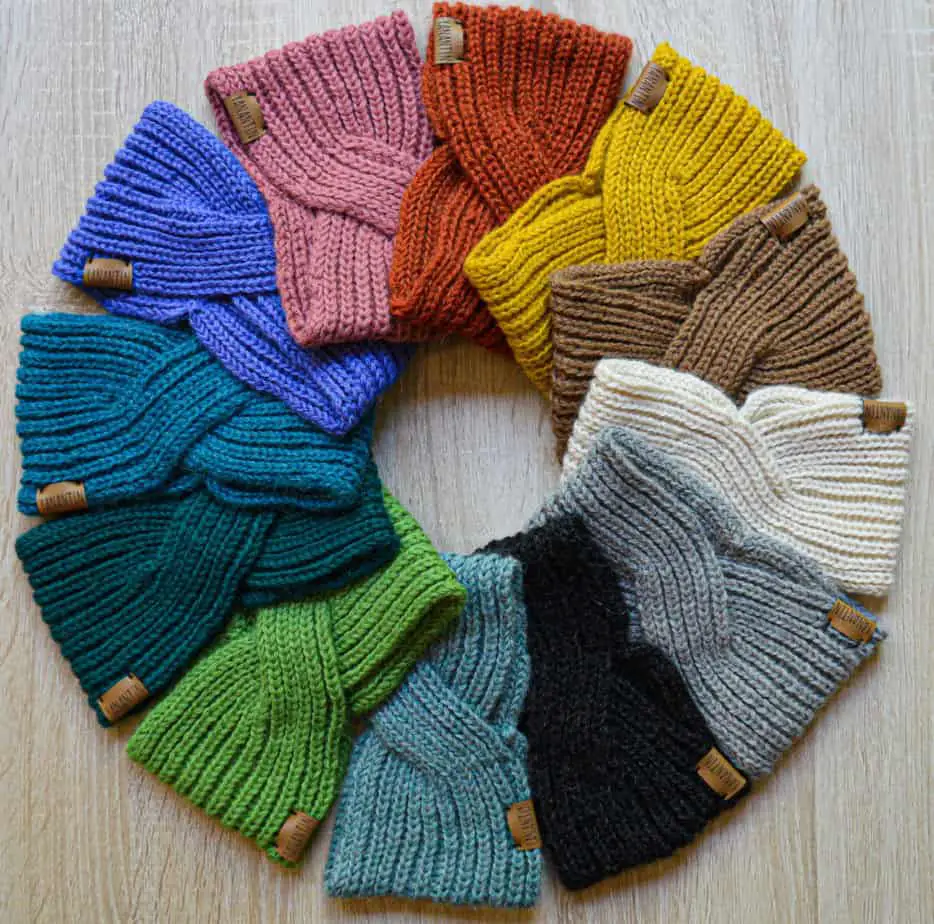
They are not too hard to find. In fact, check out Project Repat as a great example of social and sustainable impact!
15. Buy Handmade
Handmade materials are not only a bazillion times stronger, they are also prettier, nicer, more unique and made with more love. And love always wins!
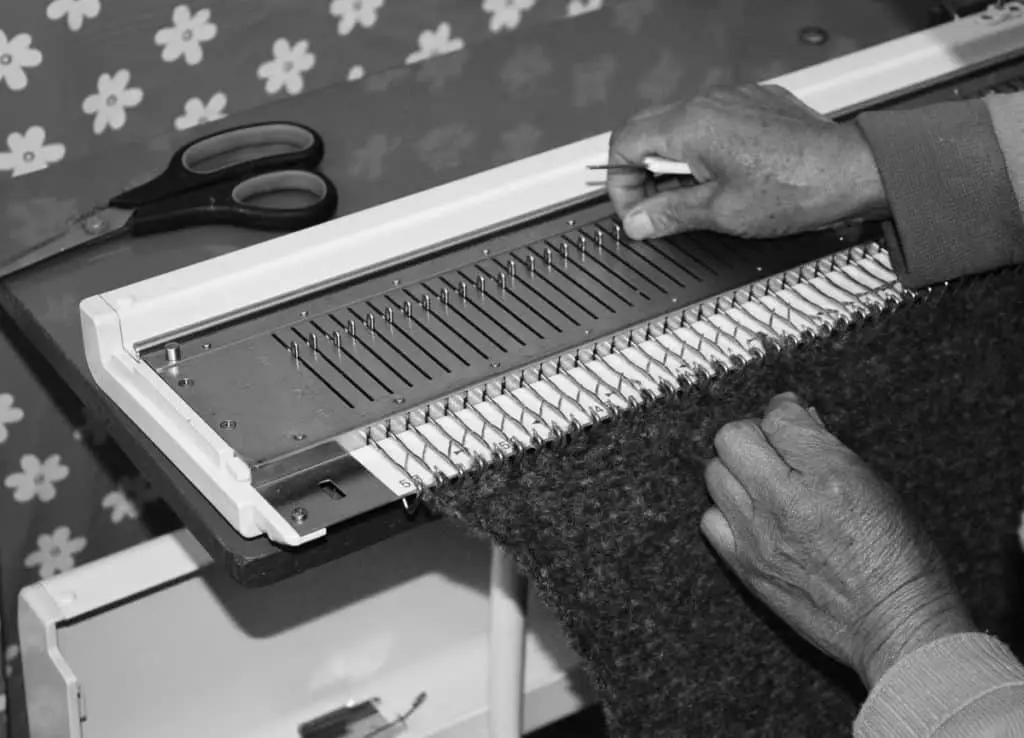
Large-scale factory production doesn’t only negatively impact the environment, it also misses every guarantee of high quality. Machines work for efficiency, not for quality. Human hands, eyes and energy do.
What You Do Buy
Buying (new) clothes is not a crime! In fact, you can do a lot of good by buying the right things…
16. Invest In Durable Materials
Strong fabrics like organic cotton, alpaca wool, and sustainable viscose might seem super expensive at first glance. And admittedly, the prices might be higher. But higher doesn’t always mean more expensive. It is possible that the items that you buy might cost more, but they will also last much longer.
The shape of garments, their overall fit, the quality of the material, it will all feel better, look better and do all that for a longer period of time.
Think of a T-shirt with elastane mixed in it. A couple of washes later and the elastane has lost all its elasticity. Looks yukky, doesn’t fit nice, and oh hey, what’s that? The armpits smell like sweat. FOREVER.
Durable materials don’t pill, lose their shape or get holes. Unless you have moths, they’ll eat everything. But apart from that, it is worth investing in materials that last longer.
Another added benefit of durable materials is that it often takes much less water (and oil – synthetic fibers) to produce. AND they are often biodegradable, yay!
Here’s a list of my favorite, strong fabrics:
- Linen
- Hemp
- Rayon (Made with FSC Certified Eucalyptus!)
- Alpaca wool
- Silk
- Angora wool
- Mohair
- Bison Down
- Qiviut
- Cotton
Keep in mind that not all strong fabrics are automatically sustainable. Read this article I wrote if you’re interested in learning more about them: 10 Durable Fabrics: Strong Fibers For a Lasting Wardrobe!
17. Invest in Breathable Materials (less washing!)
A lot of plant based, animal based and other natural fibers are sooo much more breathable than synthetic fibers. Synthetic fibers are generally kind of plastic-y, which means that they get sticky and clammy when you wear them. Animal and plant based fibers are much better at regulating air, sweat and high temperatures.
Breathable means that the fabric is either isolating or insulating, and knows what to do with moist, like sweat or rain. Sometimes the fabric will absorb it (like cotton), or evaporate it (alpaca). Synthetic fibers can’t regulate temperatures and therefore cause your body to boil on the inside of a synthetic fabric.
Not comfy.
Besides, when your items don’t get sweaty, it means that they don’t get stinky, which means… THAT YOU DON’T NEED TO WASH THEM VERY OFTEN! And less washing is a double hurray, because it also means that no micro-plastics are sent down the drains!
18. Buy Functional Items
I admire those people who walk on heels as if they are walking on clouds. It looks amazing. When I walk on high heels… Oh no, wait, I stopped trying. High heels aren’t exactly functional, right?
Instead, I love shoes, and clothes in general, that are more functional. Things that you can wear to a party, work, and a weekend trip at the same time. Shoes that don’t hurt your toes, keep your feet warm and let you hike for miles on all different kinds of terrains. That’s what I call functional.
Functional items can also be scarfs that you can use in all weather, jackets with (un)zippable layers, dresses that work in summer and winter… Stuff like that 🙂 Be creative.
19. Try These Fabrics
So speaking of items that are durable… Functional… Comfortable… Sustainable… Somewhat stylish? Dang, that’s a long list of requirements. Does that even exist?! Yes it does!
Here’s my list of favorite fabrics.
- Alpaca wool: durable, sustainable, animal-friendly, breathable, incredibly strong, water resistant, windproof, isolating, insulating and thus perfect for winter, summer and everything in between.
- Check out Yanantin’s Alpaca Woolen Products here!!!
- Cotton: light, airy, breathable, strong, plenty of sustainable, eco-friendly options available, weatherproof and comfortable.
- Viscose: cheaper than cotton and alpaca wool, but still strong and versatile. Highly breathable, hypoallergenic, strong, and vegan alternative for a synthetic fiber.
I also wrote an article about the characteristics of sustainable fabrics, that you can find here: 12 Characteristics of Sustainable Fabrics (with Examples)
20. Buy Natural Colors
No matter the fabric, source, or material, if something is dyed, it is almost always done with chemical dye. And that’s killing for the quality! Dying costs a lot of water (washing before and after), chemicals that get mixed in with that water, and every time you put something in the washing machine.
On top of that, chemical dyes also make biodegradable items no longer biodegradable. And that’s a pity!
One super awesome fun fact about alpaca wool is that it comes in 22 natural colors. That’s pretty awesome right!?

What You REALLY Don’t Want To Buy
There really is a difference between bad and terrible fabrics!
21. Don’t Buy Polyester
The evil queen of the synthetic fibers is polyester. It’s not good for the environment, it’s not good for your body, it’s not good for the communities where it is made… There’s really very little good about it.
Polyester is a complicated thing. In a very simplified explanation it comes down to this: polyester is oil turned into fabric.
- There are some cool alternative brands that use recycled PET bottles to make recycled polyester. That is awesome, but beware with what you will do with such an item once you are “done” with it. It’s already recycled once, the chances for it to be recycled twice are very slim.
22. Don’t Buy Wool?!?
Wait, didn’t I just say to invest in wool? In alpaca wool, yes. In sheep’s wool, not so much.
Sheep have been used for mass production of wool. And it’s sooo bad! These poor little fellas actually do produce a durable, biodegradable fleece, but unfortunately, the wool industry has surpassed its limits and is no longer a sustainable industry.
Genetic manipulation, inhumane practices and terrible circumstances make the sheep industry not only insustainable, but also cruel, cruel, cruel. PETA has some very sad facts shared on their website.
23. Don’t Fool Yourself – Made in Bangladesh Is Not Good
Here I am, H&M, trying to squeeze my booty in a shiny legging with funky colors and nice plastic-y design. As I poke my first leg in, something scratches my skin. A label. Made in Bangladesh. I take my leg out, return the leggings, and never go back in.
To me it was a sign. I had been looking into sustainable fashion for a bit now, and I just needed a friendly reminder that the Universe gave me right then and there.
The ten worst countries for workers – in general.
- Algeria
- Bangladesh
- Brazil
- Colombia
- Guatemala
- Kazakhstan
- the Philippines
- Saudi Arabia
- Turkey
- Zimbabwe
This was researched and published in a report by the ITUC Global Rights Index, 2019.
Specific to the fashion industry, Myanmar needs to be added to this list. Myanmar and Bangladesh are some of the top garment producing countries where workers’ rights are close to absent. Guatemala is (in)famous for its jean production, and the knock-offs.
Acceptance Is Real
It’s OK to be scared to rip off the band aid. But it’s always less painful than you think it will be, right?
24. Unsubscribe From Fast Fashion Newsletters
It’s not real if you can’t see it. That’s at least true for fashion and for scary movies. And they’re kinda the same.
Unsubscribe, declutter your inbox right as you’re decluttering your wardrobe. It will give you sooo much freedom!
25. Do You Really NEED This?
My boyfriend and I like to take this question to a next level. Think of how often you use the phrase I need this. And now think of how often you actually need something.
I bet it isn’t even 1% of the time. You don’t need a new dress, you don’t need a new top. Heck, you probably don’t even really need new underwear, as long as you have more than two. According to my boyfriend, the wearing-it-inside-out-thing is real.
Now, that might just be the point where I start to disagree, but really, really, really deep in my heart I have to say that he’s probably right. If it were a matter of life and death, you probably don’t need 99% of the things that you put in your shopping basket.
26. Accept That Good Quality, Fair Fashion Is More Expensive. But Not If You Buy Less, Plus It Will Last Longer
Read the title. Now read it again. Accept it.



